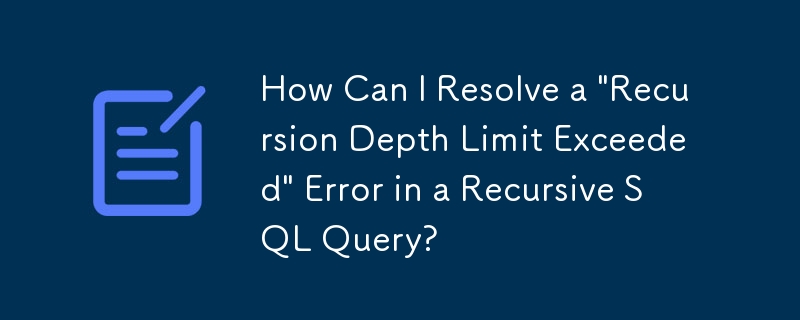Found a total of 10000 related content

Implementing Client-Side HTML5 Form Validation
Article Introduction:Form verification can be achieved through built-in HTML5 features, without relying on JavaScript. Use required, min/max, and pattern attributes to ensure the legality of input; use the browser's default error prompts or custom content; improve the interactive experience through the CSS's :valid/:invalid pseudo-class; at the same time, it is necessary to pay attention to compatibility, and combine back-end verification and testing to ensure cross-browser compatibility.
2025-07-04
comment 0
490


Implementing client-side validation with HTML5 form attributes.
Article Introduction:Form verification can be achieved through HTML5 built-in properties without JavaScript. 1.Required ensures that the field is not empty, and is suitable for required items such as username; 2. Pattern is combined with regular control input format such as zip code, and an error is prompted through title; 3. Type extends verification data types such as email, url and number, and combines min/max to limit the numerical range, but pay attention to the differences in browser compatibility.
2025-07-02
comment 0
307

How Do I Use JavaScript to Validate HTML5 Forms?
Article Introduction:This article explains JavaScript's role in HTML5 form validation. It details client-side validation techniques using event listeners and demonstrates best practices, including user experience prioritization, modularity, and the crucial need for serv
2025-03-10
comment 0
588

How to implement client-side form validation using HTML5 attributes?
Article Introduction:Form verification can be implemented through HTML5 built-in properties. 1. Use required to ensure that the data format is required; 2. Verify the data format through type and pattern, such as email, url and custom regular expressions; 3. Use minlength, maxlength, min, and max to limit the character length and value range; 4. Automatic verification is performed when the browser submits by default, and JavaScript can also be used to manually trigger the checkValidity method; the compatibility of different browsers requires attention, and some old versions or mobile terminals have limited support.
2025-07-11
comment 0
336


HTML5 Forms: JavaScript and the Constraint Validation API
Article Introduction:Core points
HTML5 allows client form validation to be free of JavaScript encoding, but for more complex forms, JavaScript and constraint validation APIs can be used to enhance native validation. This is because of some limitations, such as not all browsers support all HTML5 input types and CSS selectors, and it is difficult to style the error message bubble.
The Constraint Validation API provides some methods and properties, such as .willValidate, .checkValidity(), .validity, and .setCustomValidity(). These are used to check whether the verification field is to be validated, the verification field is to be validated, and to set the validity of the field.
2025-02-21
comment 0
333

How does the input type='email' provide client-side validation?
Article Introduction:Provide client verification and rely on the built-in browser function to check the mailbox format. 1. When using type="email", the browser automatically matches the regular expressions to ensure that the input contains @ and legal domain name formats, such as user@example.com is legal, user@ or userexample.com is illegal. 2. Verification is executed before the form is submitted, and the request is not sent to the server, but it only takes effect in modern browsers that support HTML5. 3. You can customize regular expressions in combination with pattern attributes to override default validation rules, such as limiting the length of domain name suffixes. 4. It is recommended that the backend still needs to verify the email address. Front-end verification is only an auxiliary means. At the same time, the verification lines under different browsers should be tested.
2025-06-27
comment 0
663


Dave The Diver: How To Catch Spider Crabs
Article Introduction:In Dave The Diver, there are some creatures that are not easy to catch. Or, catch alive that is. The spider crab is one of those very species, making it seem like the only way to bring these crustaceans back up to land is to viciously crack them up w
2025-01-10
comment 0
817

Prepare for Interview Like a Pro with Interview Questions CLI
Article Introduction:Prepare for Interview Like a Pro with Interview Questions CLI
What is the Interview Questions CLI?
The Interview Questions CLI is a command-line tool designed for JavaScript learners and developers who want to enhance their interview
2025-01-10
comment 0
1442

Soft Deletes in Databases: To Use or Not to Use?
Article Introduction:Soft Deletes: A Question of DesignThe topic of soft deletes, a mechanism that "flags" records as deleted instead of physically removing them, has...
2025-01-10
comment 0
1054



















